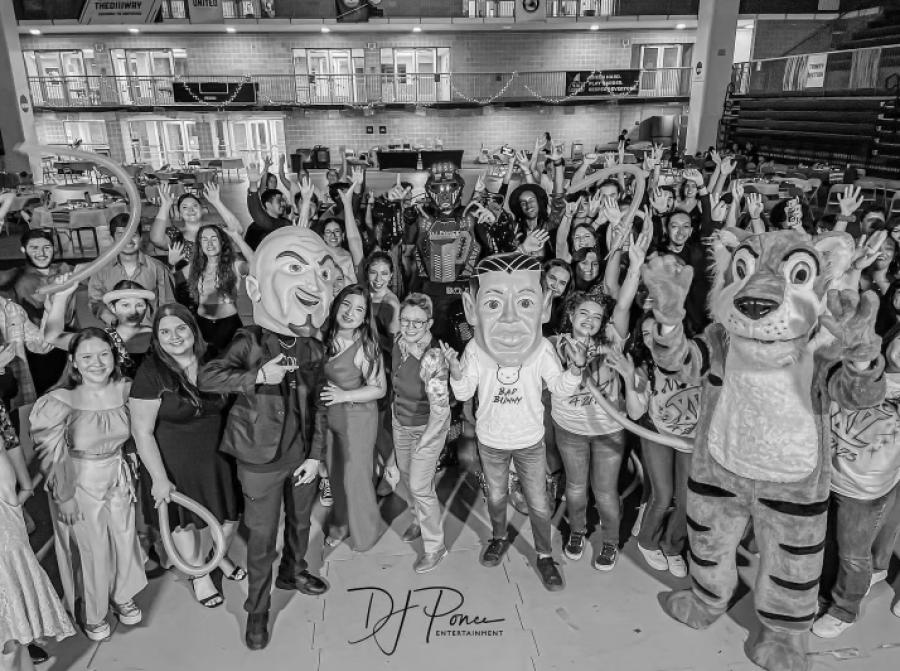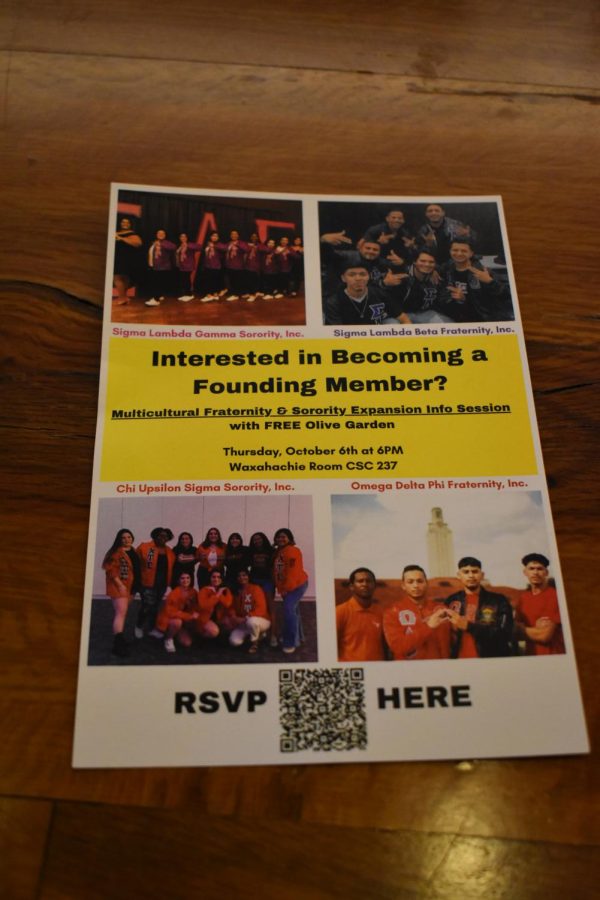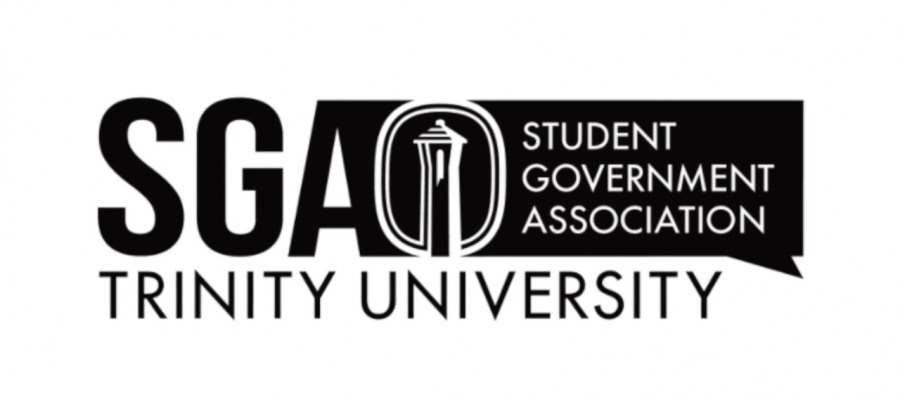On Monday September 14, Ahmed Mohamed, a 14-year-old teenager from Irving, Texas, brought a homemade clock to MacArthur High School to impress his engineering teacher.
The school believed the homemade clock was a bomb, which later ended in the arrest of Mohamed. No charges were filed after the police found that the clock was not a bomb. Mohamed withdrew from MacArthur High School one week ago.
As a result of the arrest of Mohamed, a Sudanese-American of Muslim faith, a national controversy erupted that started a social media movement with the hashtag #IStandWithAhmed.
Adding to this social media conversation was Simran Jeet Singh, assistant professor in the department of religion at Trinity University.
On Wednesday, September 16, Singh tweeted a photo on Twitter of himself holding a clock with the caption, “Brought my clock to work today. #IStandWithAhmed #Solidarity.”
Singh explains the sudden popularity of his tweet.
“I put it up on my Twitter and it went viral, like nothing I’ve ever experienced before. For the first day it was really positive. That hashtag was just starting to trend. Most recently it was over 4,000 retweets.”
At the latest count, the photo has been retweeted 4,351 times and has received 4,808 favorites. The tweet received national media attention and was shared across many sites, according to Singh.
“It was picked up on all the big news sites. It was on Good Morning America, NBC Nightly News, CBS Morning, Buzzfeed, Toronto Star, New York Daily News””it was all over. It went viral. As social media goes, it’s a matter of timing, creativity and messaging,” said Singh.
Singh added that the Mohamed incident highlighted Islamophobia in the United States.
“The Ahmed Mohamed case happened to capture the attention of the nation in a way that we haven’t really seen before. This one was one of the biggest media moments for Islamophobia,” said Singh.
Mohamed’s story received positive response from many high-profile individuals including President Obama.
Singh explained that the positive story of Mohamed has a deeper meaning.
“The day after the case happened he received that great tweet from President Obama and from Facebook, Twitter and MIT,” said Singh. “All these major influencers invited Ahmed to visit or to be a part of their institution in some way. It turned into a feel good story. I appreciate that but I also find it troubling that we overlook the problems underneath the surface.”
Singh’s tweeted photo began to receive negative responses, according to Singh.
“The next day when I started getting hateful responses I thought, “˜Okay the feel good part of this has happened and I should also share the kind of negative rhetoric that comes with it’. Generally when this kind of thing happens there is a negative push back. I definitely have had that before. I’ve had bigots and racists troll me before. In this case it was to another degree,” said Singh.
Singh described the negative comments he received on Twitter.
“I’m also getting a lot of comments from people that are like just hateful in general. I got one yesterday that said, “˜You Muslim freak’. Or there was one that said, “˜I use your photo as target practice’, or “˜You should be shot’ or “˜You should shove a grenade up your ass and pull the pin’, and things like that,” said Singh.
Singh explained that many of the negative responses from his photo were because time of day that the photo was taken.
“Part of it was when I took the photo the clock was at 9:12 a.m., which was completely random. A guy with a major following tweeted that out and I started getting really hateful responses,” said Singh. “People thought it was intentional and that I was mocking 9/11 or that I had some secret meaning behind it, which of course I didn’t.”
Soisouda Smith, the diversity and intercultural relations coordinator for student involvement, explained her response to Singh’s tweet.
“I think people don’t have anything better to do. I looked at his picture and thought, “˜Oh that was clever’ and people are like, “˜Oh my gosh he’s making light of 9/11′, which he would never do that,” said Smith.
David Tuttle, the associate vice president for student affairs and dean of students, described the role of social media and negativity.
“These are not new things, and social media gives people a new outlet to spew hate. It’s not shocking that people are this way. The internet is just a forum for people who hate on all sorts of levels “” misogynistic, homophobic and xenophobic,” Tuttle said.
Singh explained his reaction to the hateful tweets that he received.
“It’s tough because you try not to take it personally, but these are hateful, unhappy people and so it doesn’t have to do with me in particular, but I guess what’s disheartening to know is that there are people out there who have that much anger and hatred in their hearts. That’s the sad part to me. I don’t mind the personal attacks, but thinking about how it reflects on society is kind of scary,” Singh said.
Tuttle noted that the intention of Singh’s tweet was to support Mohamed.
“Singh was obviously showing his support for the young man. Singh is a kind, gentle, bright man of integrity, and he stands up for justice in many corners. I think it was a positive statement on his behalf. In the community he’s a well-renowned expert and role model, and people look to him for leadership,” Tuttle said.
Tuttle added that no one deserves the negative treatment that Singh received.
“I think the truth is that it doesn’t matter what the clock said, it doesn’t matter that Singh is a terrific person in all regards and it doesn’t matter what people from off-campus say. We shouldn’t feel like, “˜Well if you knew Singh you’d be nicer to him.’ Because nobody deserves this,” Tuttle said.
Mohamed’s story is a teaching moment for the United States, according to Singh.
“My goal with things like this is that whether we like it or not, discrimination is a fact in our modern society. And I feel like we have a responsibility to make sure that moments like these serve some purpose,” Singh said. “And so it does create a teaching moment. We talked about the Ahmed Mohamed case in my classes, so there’s a teaching moment for the classroom. It’s also a teaching moment for the country.”











